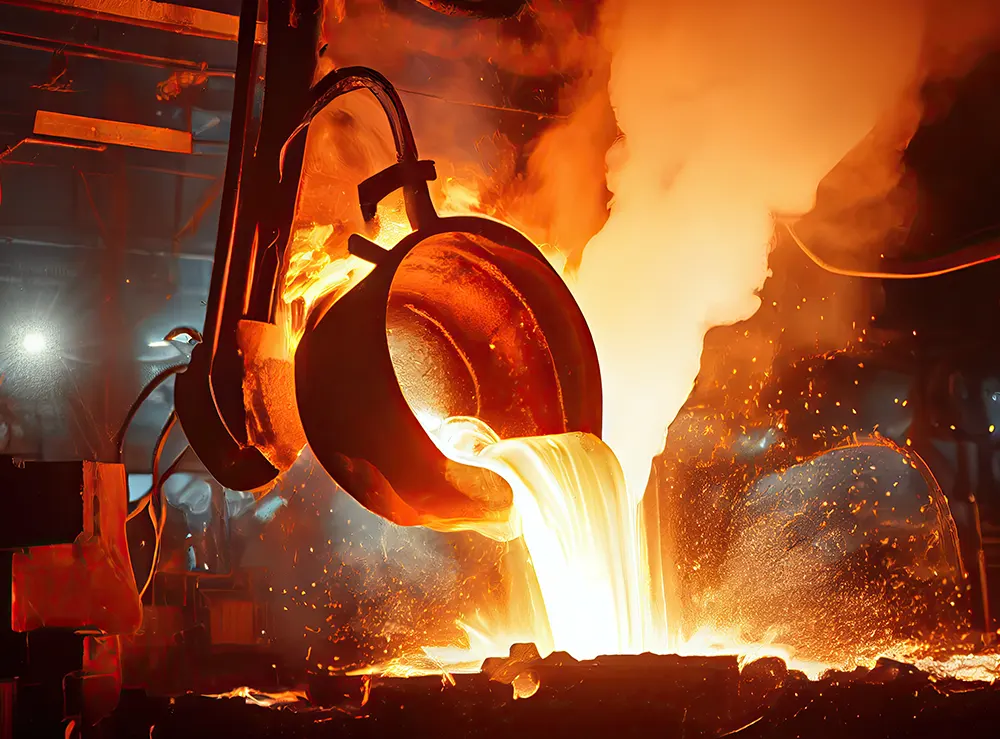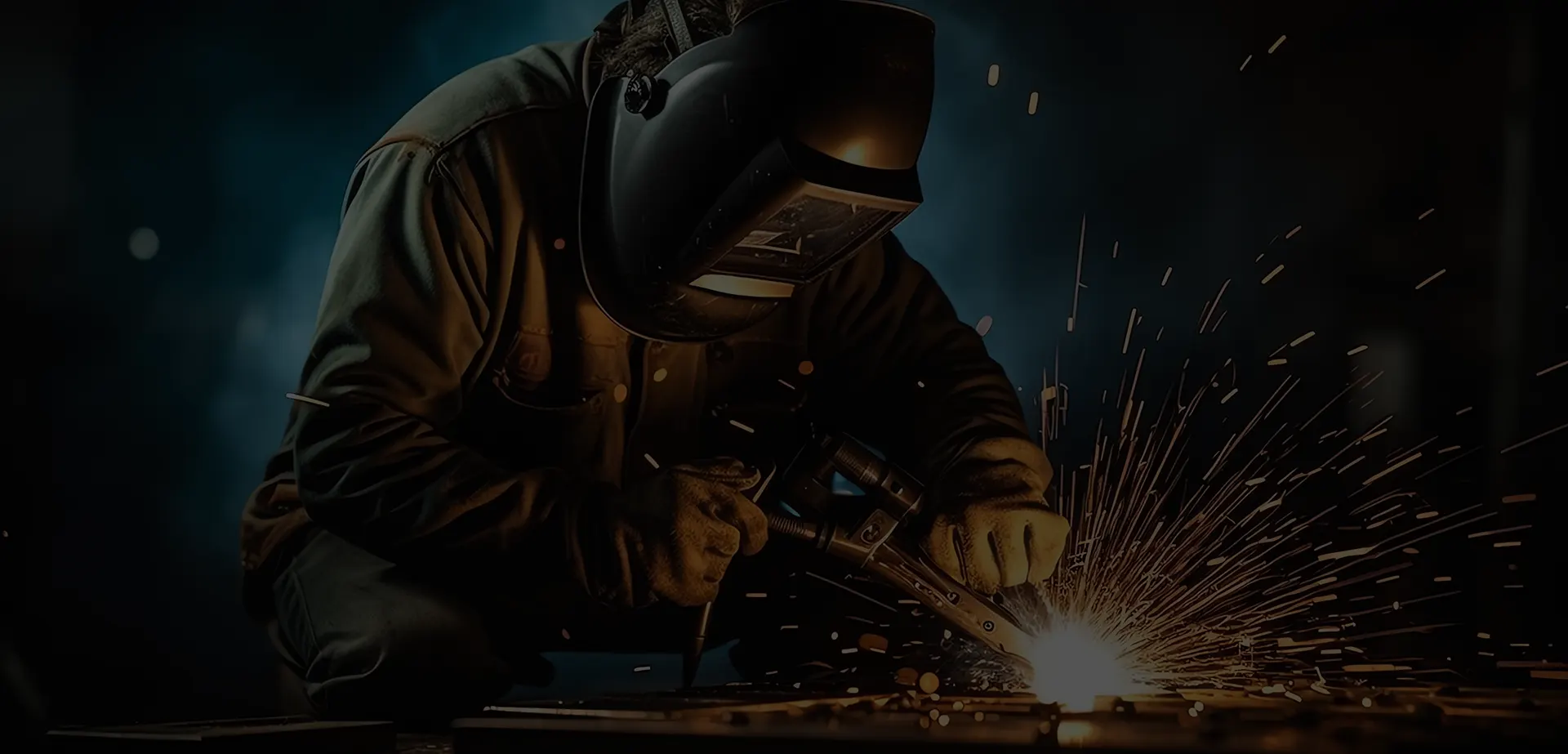
Transforming metal, shaping the future
Metal processing begins with the extraction of ores from the earth. Once extracted, these ores are transported to processing plants where they undergo various stages of purification.

Metal fabrication: Excellence at the heart of the metal industry
From the selection of raw materials to the design of finished products, every stage of metal fabrication is imbued with age-old know-how and cutting-edge technology. This complex process minimizes our ecological footprint.

Robust, versatile steel
Steel meets all your requirements thanks to its remarkable strength and ability to withstand heavy loads without compromising durability.

Corrosion-resistant aluminum
Aluminum is a corrosion-resistant metal, ideal for a wide range of applications. It offers a special blend of lightness and strength.

High-temperature nickel
Nickel is a heat-resistant metal used in environments such as gas turbines, nuclear reactors and rocket engines.

Lightweight, high-strength titanium
Titanium, often compared to an extraterrestrial metal because of its silvery-gray color, has established itself as an exceptional material in modern industry.

Brass: an alloy of copper and zinc
Brass seduces with its versatility and aesthetic appeal. This alloy combines the strength of copper with the corrosion resistance of zinc.

Copper, an excellent electrical conductor
Copper is an exceptional material in the metallurgical industry. This electrical conductor is a key element in many sectors, including electronics and electricity.
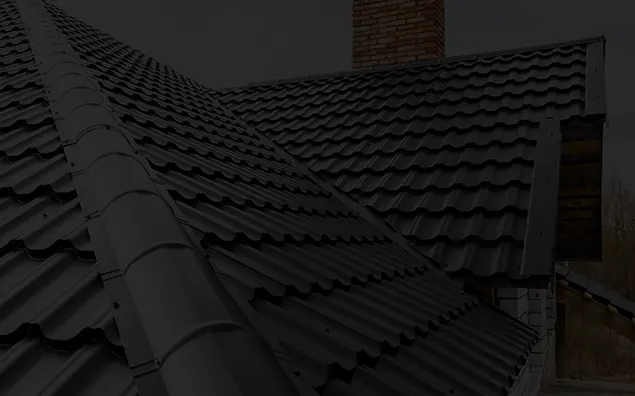
Construction and building
Cladding, insulation and roofing
To create sustainable buildings, the construction industry develops coating, insulation and roofing solutions.
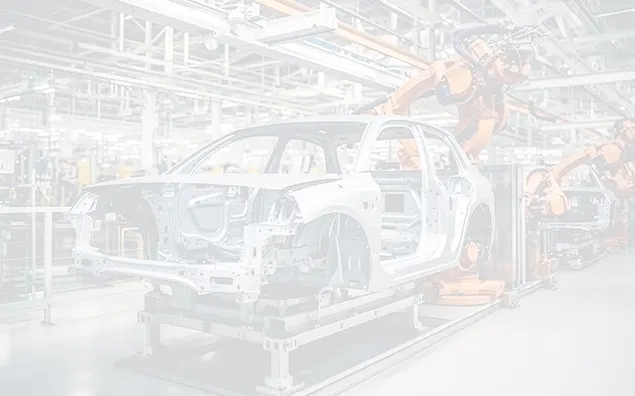
Automotive and aerospace
Engines and body parts
Metal body parts ensure maximum impact resistance and durability.
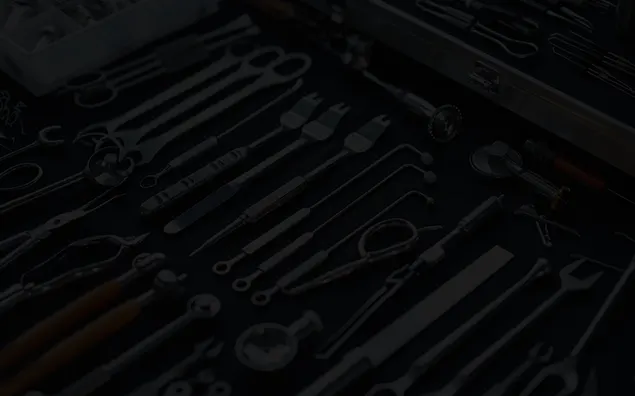
Healthcare and chemical industry
Instruments and equipment
Medical devices such as orthopedic implants, cardiac prostheses and surgical instruments are made from stainless steel.
Metal parts manufacturing technologies
Advanced technologies are transforming the design of metal parts. The special feature of friction stir welding is that it enables metal materials to be joined with surprising precision and robustness.
1
This revolutionary technology offers advanced solutions for a wide range of industrial sectors. It is breaking new ground in metal fabrication.
2
Metal parts manufacturing methods offer a host of advantages. They create parts with impressive precision.
3
These technologies reduce margins of error and increase the quality of finished products. They optimize the design of metal parts.
New metallic materials for industry

High-strength steel
High-strength steel is a metallic material capable of increasing carbon concentration.

Metal glasses
Metal glasses can be transformed into complex shapes using molding techniques.
Ultra-light metals: new perspectives
Ultra-light metals represent a major advance in many industrial sectors, from aerospace to automotive. Their properties, such as lightness combined with high strength, open up new prospects for product design and efficiency.
Bio-inspired materials: from fire art to soft chemistry
The metal industry is exploring the potential of bio-inspired materials, which draw their properties from nature to offer innovative solutions. These materials are inspired by the mechanisms seen in nature to create high-performance, long-lasting products.
For example, metal alloys inspired by mollusc shells or human bones can offer enhanced strength and flexibility. You can take advantage of these advances to develop products that combine robustness and lightness, while being more respectful of the environment. By adopting these materials, you are taking part in an industrial revolution where nature and technology work together to create innovative, environmentally-friendly solutions. Unlike traditional methods, which often rely on energy-intensive and polluting processes, these materials are inspired by soft chemistry and natural processes.
